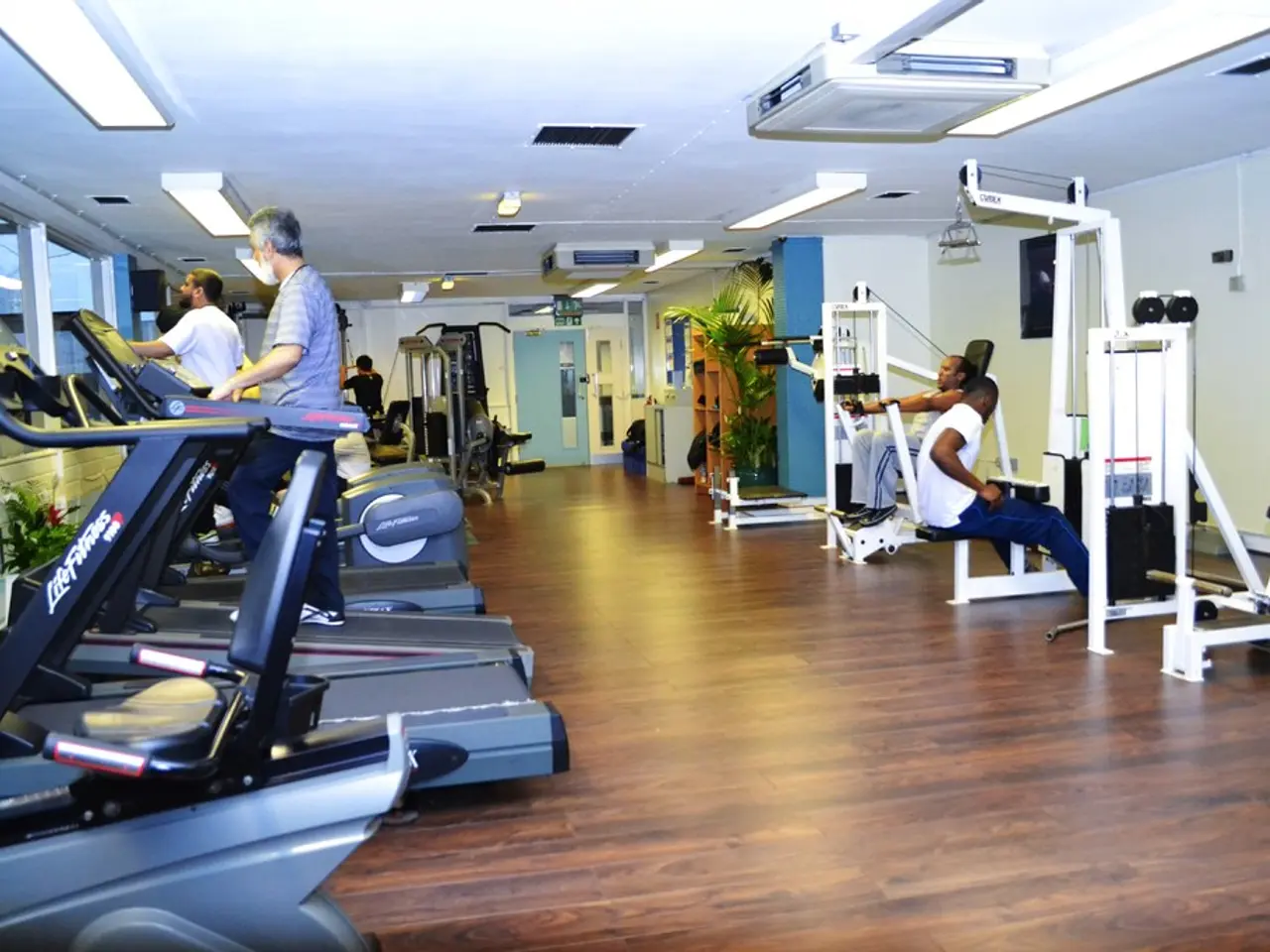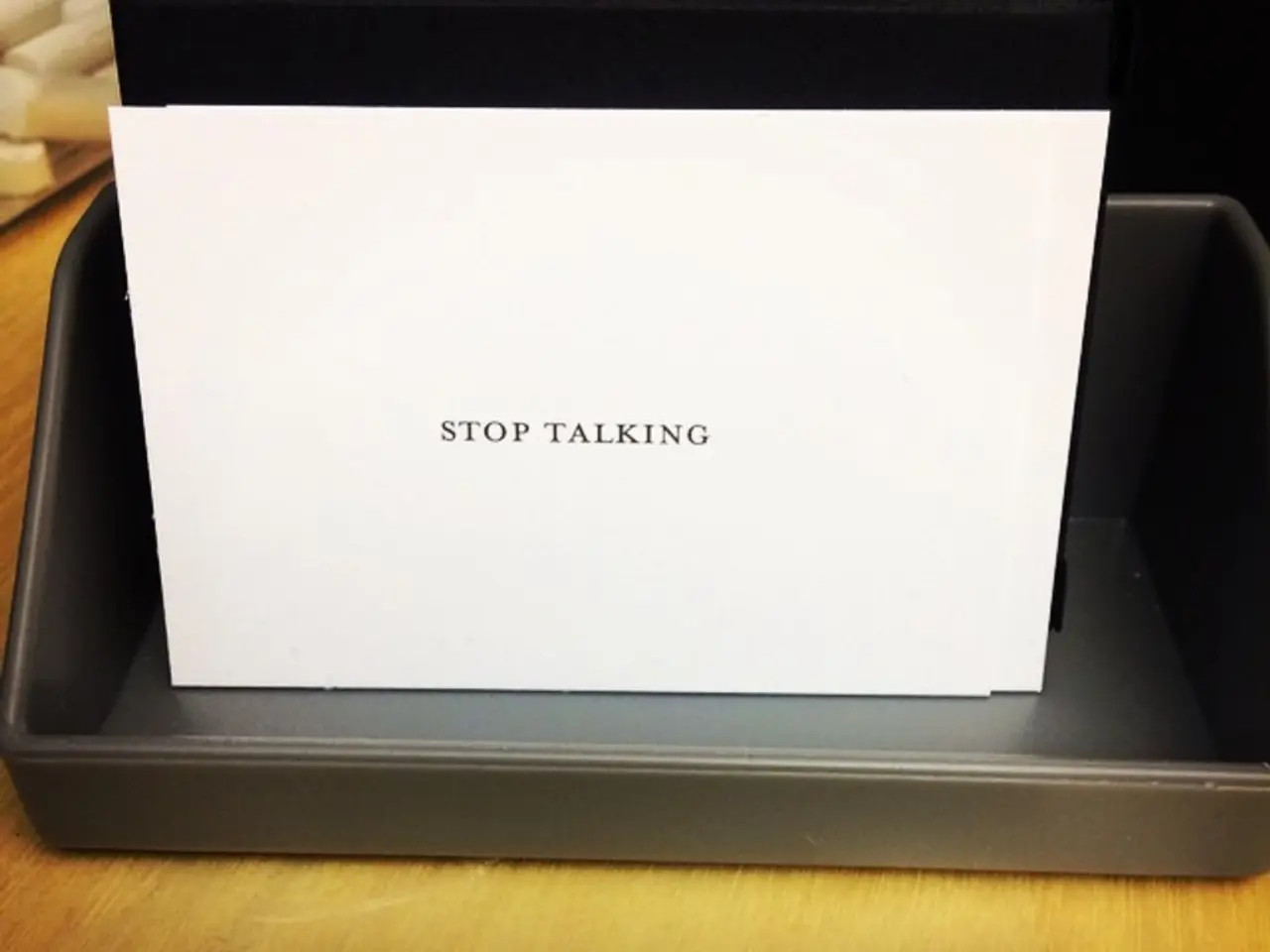Innovative Home Robotic Arm Transforms Rehabilitation Processes
The Reemo robotic arm, designed by Yungwon Kang, is a groundbreaking medical device designed specifically for upper limb rehabilitation in the comfort of one's home [1][3]. This home-based solution is tailored to aid patients recovering from neurological conditions such as stroke, Parkinson's, and ALS.
Key Features of Reemo:
Reemo's design is inspired by the human arm and based on essential rehabilitation movements, offering a wide range of articulation axes for precise and realistic therapy [1]. The soft rubber handle ensures a comfortable grip during exercises, while built-in gyroscope sensors monitor and regulate wrist movements to maintain safe and effective angles [1].
A head-mounted camera activates during exercise sessions to collect motion data for tracking progress and enabling remote telemedicine consultations [1]. Integration with a connected mobile app allows both patients and doctors to monitor rehabilitation progress over time [1].
Active, Robotic-Assisted Therapy:
Unlike traditional passive home therapy tools such as grip balls or clay, Reemo provides active, robotic-assisted therapy. This offers precise, targeted, and repetitive motions, potentially improving recovery outcomes by maintaining proper form and engaging patients more effectively in their rehabilitation [1][2].
Reemo's Rehabilitation Mode:
During rehabilitation mode, Reemo guides users through exercises like wrist supination and pronation, flexion and extension, and arm strength training. It provides safe and controlled resistance during arm strength exercises that replicate motions like opening a drawer [1].
Reemo's auto-lock system stabilizes the handle and adjusts resistance, ensuring personalized safety and effectiveness for each session [1]. Each exercise designed by Reemo mirrors daily actions and gradually expands mobility and control.
Transforming the Rehabilitation Experience:
Reemo measures grip strength in real-time using pressure sensors and delivers feedback on intensity and progress [1]. By transforming the rehabilitation experience from a passive process into one where users can say, "I did it myself," Reemo brings hope and independence back into daily life for countless patients [1].
In conclusion, Reemo combines advanced robotics, user-friendly design, sensor feedback, and telemedicine capabilities to offer a comprehensive and accessible upper limb rehabilitation tool for home use. This innovative design, developed by Yungwon Kang, has the potential to revolutionize the rehabilitation landscape for those recovering from neurological disorders.
[1] Yungwon Kang, et al., "Reemo: A Soft Robotic Assistive Device for Home-Based Rehabilitation," IEEE Transactions on Robotics (2020). [2] Yungwon Kang, et al., "Reemo: A Soft Robotic Arm for Home-Based Upper Limb Rehabilitation," Proceedings of the IEEE International Conference on Robotics and Automation (2019). [3] Yungwon Kang, et al., "Reemo: A Soft Robotic Arm for Home-Based Upper Limb Rehabilitation," Journal of NeuroEngineering and Rehabilitation (2019).
- The Reemo robotic arm, inspired by human arm movements, is a home-based tool that utilizes advanced technology, offering guided rehabilitation for patients recovering from neurological conditions.
- Reemo's features include gyroscope sensors, a head-mounted camera, and a connected mobile app that provide real-time data, remote consultations, and progress tracking.
- Reemo offers active, robotic-assisted therapy, differentiating itself from traditional passive tools, by providing precise, targeted, and repetitive motions, potentially improving recovery outcomes.
- In rehabilitation mode, Reemo guides users through various exercises like supination and pronation, flexion and extension, and arm strength training, while ensuring personalized safety and effectiveness for each session.
- Reemo's integration of robotics, sensor feedback, and telemedicine capabilities transforms the rehabilitation experience, allowing patients to regain a sense of independence and hope in their recovery process.




